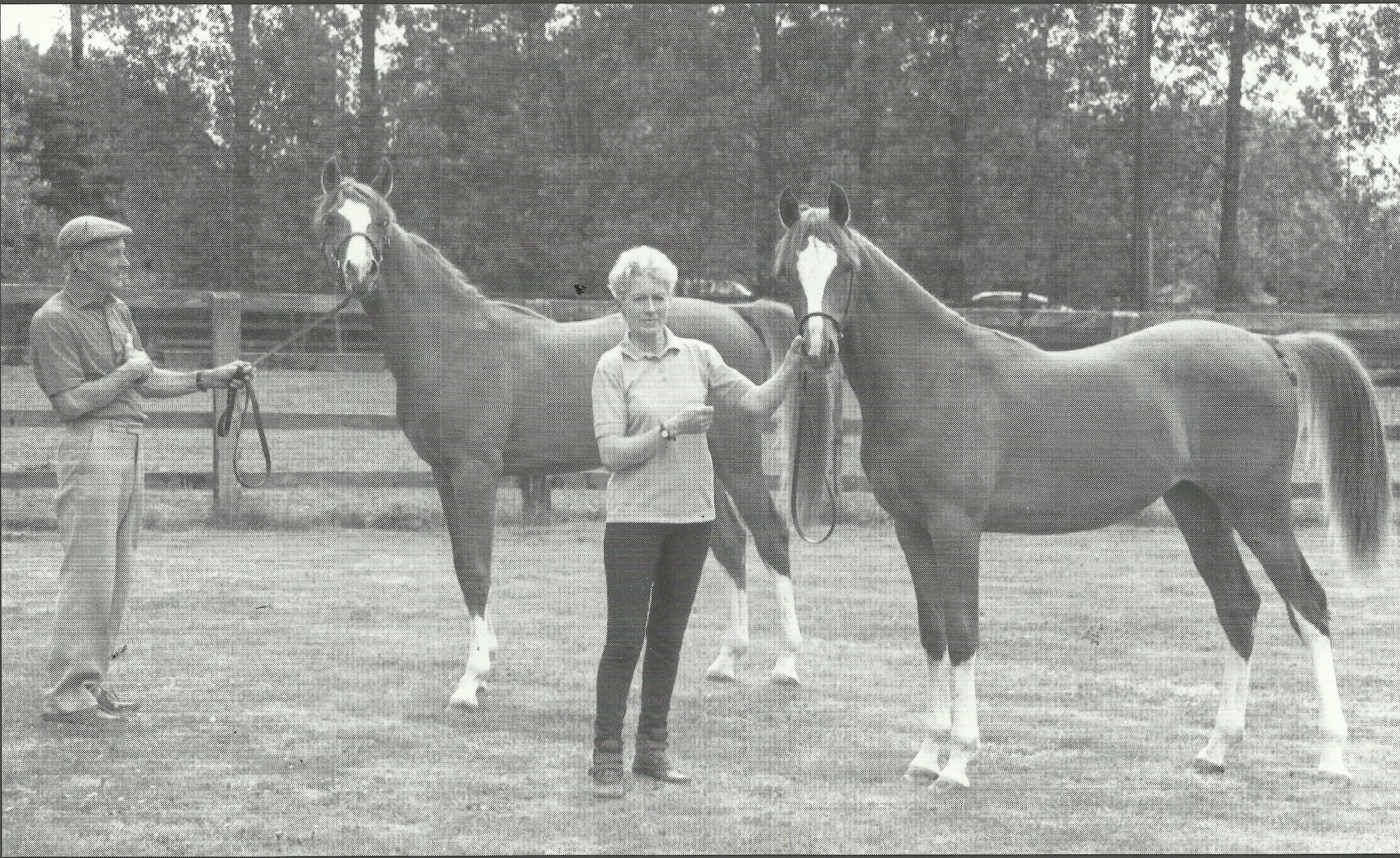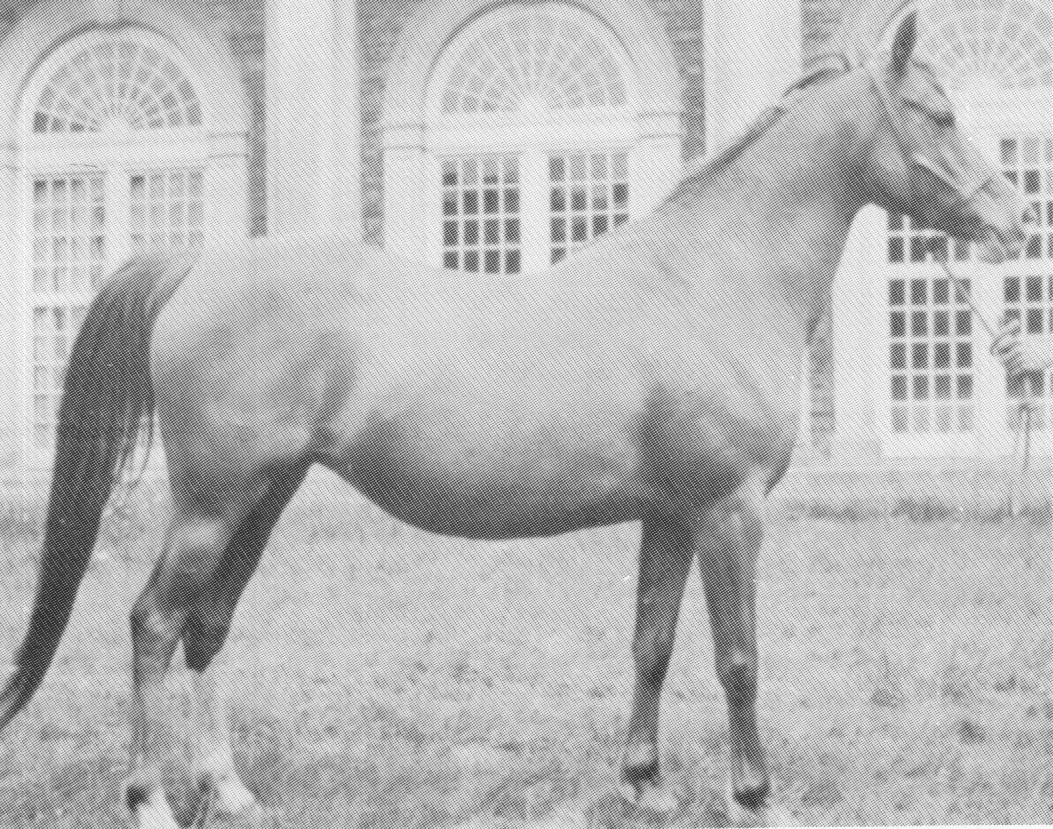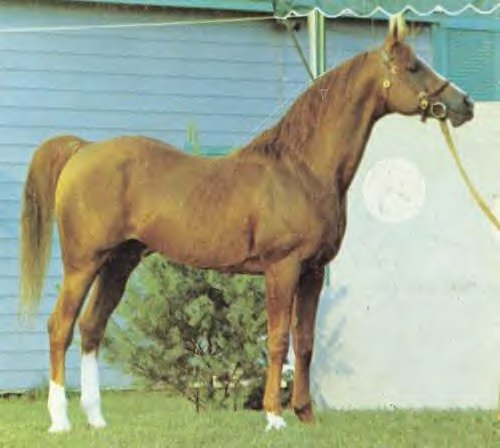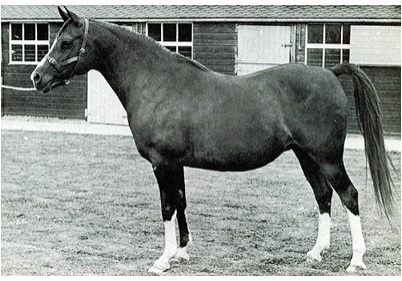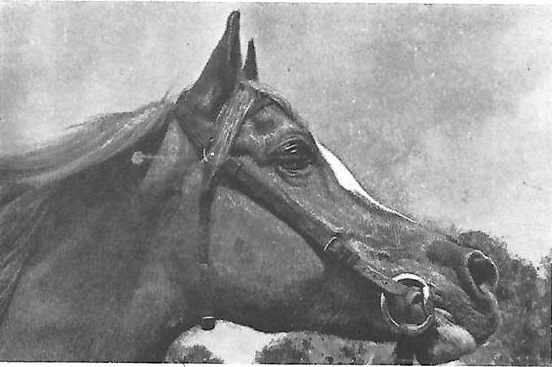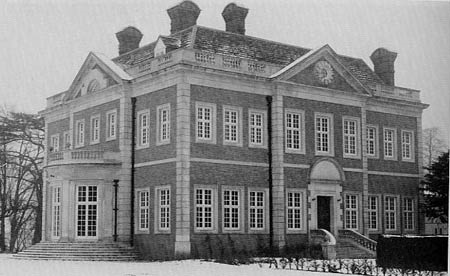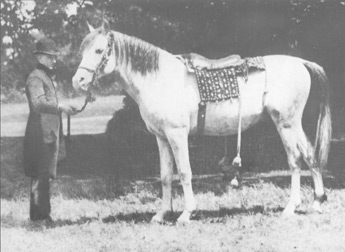Rissla
-
Centenary of the Harwood Stud
-
Margaret Murray and the Painswick Lodge Stud: Part 1, 1932-1967
-
*Count Dorsaz
-
Distinctly Crabbet: Sirella and Hanif
-
Rissla - The Legacy of Crabbet
-
Irex - An Appreciation
-
Three Great Crabbet Sires: *Serafix, *Silver Vanity and *Raffles
-
UK Summer 2000 Stud Tour
-
Pilgrimage to Crabbet Park – 2002 Crabbet Convention
-
Queen of Sheba and Azrek

